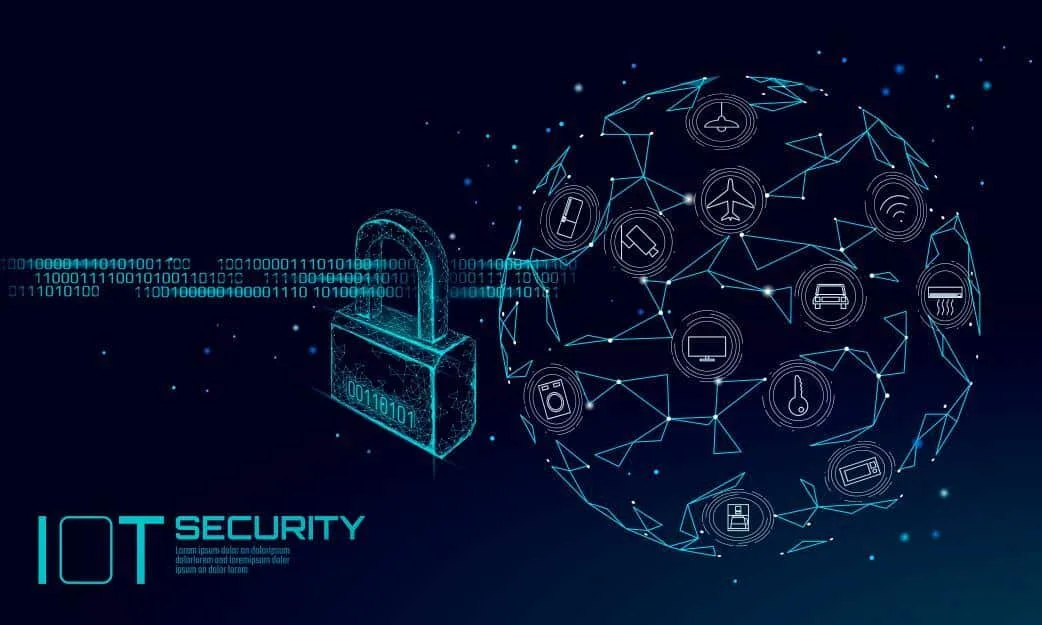One of the biggest concerns in today’s cyber security landscape is the IoT. While this is an emerging technology, it poses a number of challenges. As such, it’s imperative to work with a cybersecurity expert from the very beginning of the development process.
By involving security specialists from outside the company, companies can ensure that their products are secure before they even go on sale. Besides working with a security expert, organizations can also educate consumers about the risks of IoT systems and the steps they can take to stay safe.
One of the most concerning concerns is the lack of industry foresight, which exposes organisations to increased cybersecurity risks.
Because the IoT is not fully developed, not all devices are equipped with computing power or sophisticated security software. Furthermore, some IoT devices are so low-powered that they can barely connect to other devices. This problem has resulted in a recent wave of data breaches and hacks.
While IoT offers many advantages to businesses, government, and the health care sector, its interconnected nature also raises the stakes of cyber security damage.
The more connected devices we have, the greater the opportunity for hackers and others to access data and exploit it. In the worst case scenario, a compromised network could have a major impact on national security.
Because of the potential for data breaches, companies need to secure all of their assets. If they fail to secure their assets, they create an attractive buffet for hackers. Without proper security, IoT devices can access our systems and networks, allowing attackers to steal our information.
While IoT security is relatively new, it hasn’t gained much regulatory or industry standards yet. In fact, the industry has treated IoT security as a redheaded stepchild.
When was IoT born?
According to Cisco Internet Business Solutions Group (IBSG), “the Internet of Things” was created in 2008-2009 at the time that more “things or objects” were connected via the Internet than humans.
The growth in smartphones and tablet PCs is cited as the reason why the number connected to the Internet reached 12.5 billion in 2010. While the world’s population grew to 6.8 billion, the number connected devices per person was more than 1.84 for the first time ever in history.
5 Main Aspects of IoT Impact on Cybersecurity
- Connectivity on the rise: As more devices are using IoT, they are becoming vulnerable to the attacks devised for IoT
- More ways: As the connection is on the rise, so are the ways to hack the system.
- Importance of information: Information plays a key role in today’s world and the ones having it have extreme power. So hence hackers are targeting information.
- Automation: The aspect of automated methods is that they by description are distant from individuals, and therefore expect similarly independent security methods
- Built-in safety aspects: As of now, the prevalence of IoT appliances greatly lacks in-built security. The most common method nowadays is to integrate a third-party IoT safety solution to conserve a device or a whole network from unauthorized admission.
Internet of Things and Cybersecurity Risks and Challenges
The Internet of Things has established numerous hazards for the users of any segment associated with it, including threats in internet and network services, cloud interface privacy dangers, mobile interface problems, and the absence of physical security.
These dangers have elicited various main challenges for the IoT segment:
Cloud Aspect of IoT
The IoT and tech industry is intertwined with cloud computing because there are presently no other means to refine enormous amounts of data in a quick and productive manner. However, cloud technologies occasionally act as a major vulnerable tie in the IoT chain, providing a chance to hackers.
Infrastructure
Occasionally hackers take a more explicit and basic strategy, accessing businesses’ traditional networks such as power networks and transport, also connected to IoT systems.
Legislation
Various states, various laws. Periodically, data and records management strategies can be an actual discomfort for anyone trying to enforce an IoT solution in an area handling discreet information.
Protection of Personal and Business Information
If you shift to smart devices, you give a probable means for your data to be transported somewhere. It may be innocuous, or it may contain important trade or personal data. The IoT industry requires the development of strategies for better protection of information.
Top IoT statistics
- There are well over 7 billion connected IoT devices around the globe
- It’s expected there will be 25.4 billion IoT devices by 2030
- Video entertainment is the biggest spending category in IoT
- IoT devices surpassed non-IoT devices in 2020
- Over 10% of VC funding is IoT-related
- There are more than 400 active IoT platforms in existence
Here are the largest IoT segments by revenue in 2022:
- Consumer media and internet devices – $101.8 billion
- Connected vehicles – $73.8 billion
- Payment terminals – $39.4 billion
- Asset tracking and monitoring – $17.2 billion
- Inventory management and monitoring – $11.3 billion
IoT Security Statistics
Globally, 32% of companies who have adopted IoT consider data security concerns related to the shortage of skilled personnel the greatest concern for their IoT ecosystem. These companies consider attacks against devices to be their primary concern at 33%.
Despite all the benefits of IoT, and the potential financial gains it offers, the system is vulnerable because of the sheer volume of connected devices that are in the hands different people at different places.
Employee security awareness is critical. Some employees may not bother to secure their connected devices properly. There will be 40 million connected devices worldwide by 2025. This number will continue to grow in your company.
The IoT Security Market Is Growing
The market for IoT security is expected to reach 18.6 Billion in 2022, compared to 15.8 Billion in 2021. This is due to the increasing number of connected devices which will require serious protection. In the next decade security firmware will be more important than ever.
Escalating IoT Cyber Attacks
Due to the pandemic, the Internet of Things hacking statistics are on the rise.
Between January and June 2021, more than 1.5 million IoT breaches were reported. Most of these IoT breaches used the telnet remote access protocol.
The pandemic is a major factor in increasing cyberattacks on devices because of the continued use of these devices within a home environment.
Hackers are attracted to many devices that are not protected with adequate security protocols. Nearly 58% were carried out with the intention of mining cryptocurrency.
Conclusion
The mere velocity of growth in the IoT market guarantees fresh challenges and hazards in the immediate future. The field of cybersecurity requires development at the same speed in order to retort the growing number of pleas for security and protection..
IoT attacks are expected to double by 2025 with the rapid growth of the IoT implying an ever-expanding network of devices that could be hacked.







